Brihat Trayi have described this plant as Tµuda or Todana. Dalhana identified Todana as Rajapriya while Chakrapani called it as Dhanvana bheda.
Botanical Description – It is tree growing upto 15 m height bearing white flowers. It is found in Western Himalayan ranges at 11000 ft and is also cultivated at various parts of India for silk-worm industry.
Major Chemical Constituents– Mulberrin, mulberrochromene, cyclomulberrin, mulberranol, albanol A&B, morusin, moracin A, B, C, D; kuwanons
Part Used– Bark, leaf, fruit
Dosage– Decoction 50-100 ml.
Research–
(1) A preliminary uncontrolled clinical trial with decoction of fresh leaves used in the form of gargle twice a day 7 days is reported to have showed a beneficial effect in patients with inflammatory throat disorders (Singh & Singh, 1979).
(2) Morin shifted the dose-response curve of angiotensin to the right and depressed the maxima, indicating a non-competitive type of inhibition between angiotensin and morin (Siddiqui et al., 1975).
(3) Root bark extract showed cathartic, analgesic, diuretic, antitussive, anti-oedema, sedative, anticonvulsant and hypotensive actions in mice, rats, guinea pigs and dogs (Jap. J. Pharmacol. 1976, 26, 461).
(4) Mulberrofuran A showed antibacterial activity against Staph. Aureus and Fusarium roseum (Heterocycles 1978, 9, 1593).
(5) Kuwanon G (1 mg/kg, i.v.) showed hypotensive activity in male rabbits (Chem. Pharm. Bull. 1980, 28, 2548).
(6) An aqueous-methanolic extract of root bark greatly reduced plasma sugar level in mice (Planta Medica 1985, 51, 156).




Reviews
There are no reviews yet.